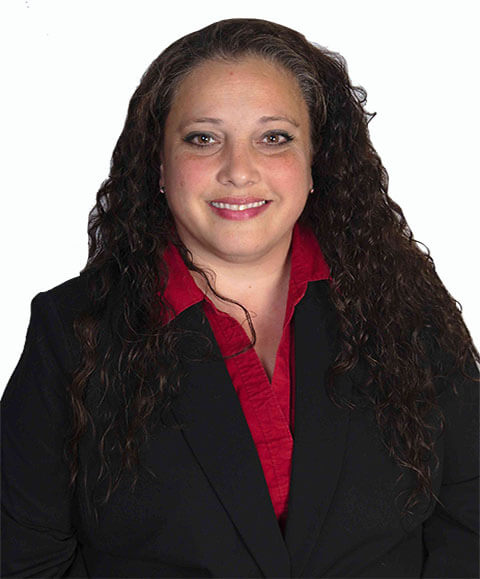In today’s world, hiring managers are sifting through a sea of resumes, giving your job application only a moment to stand out and make an impression. Your resume needs to captivate recruiters while setting you apart from other candidates, or risk being overlooked. Making this even more challenging is the rise of AI scanning and filtering through resumes with a non-human element. So, how do you craft a resume that not only looks good but gets noticed?
Your resume is more than just a list of your experiences – it showcases why your qualified for a role by your skills, achievements, and education. Think of it as your professional highlight reel. It’s the best way to display what it is you have to offer and how you’ll be an asset for the role you’re applying to.
Condensing all of your information may seem difficult, but following these tips can help get your resume into the hands of a hiring manager, and on top of the short list. Let’s turn your professional journey into a narrative that gets attention!
Tips for Creating a Resume
1. Gather Your Qualifications
Begin your resume-building process by extracting the key elements that make you a valuable candidate. This self-assessment allows you to identify strengths that are unique to you and set you apart in the competitive job market. By gathering the appropriate information to highlight, you lay the foundation of a resume that presents a compelling narrative of your professional journey. For a stellar resume, compile information that is relevant to the role you are applying for, such as:
– Education
– Training, Workshops, and/or Certifications
– Academic achievements
– Hard and soft skills
– Professional experience (including titles, length of employment, achievements, and responsibilities)
2. Tailor Your Resume to the Job Description
Next, it’s important to fully understand the role you’re applying for as described in employer job descriptions. Identify the keywords and phrases that were used to describe the skills and qualifications the hiring manager is seeking in an ideal candidate. It’s important that you use these same keywords and phrases that accurately describe you and your experiences. The key here is to authentically incorporate these words into your resume to align not only what the hiring manager is looking for, but to pass any potential AI filters as well.
3. Use a Visually Appealing Resume
A visually appealing resume makes it easy for the hiring manager to read, which can create a lasting impression. If you’re savvy, you can create your own resume format. If not, don’t sweat it – there are numerous websites that offer free or for purchase resume templates. It’s important to create or choose a template that is structured for maximum impact.
Items to incorporate or look for in templates include a balanced layout and easy to read fonts. Fancy fonts and colors can be used but be sure to keep their use limited and professional. If a font is difficult for a person to read, chances are it’s difficult for AI to read as well. Popular, easy to read fonts include Times New Roman, Avenir, Calibri, and Georgia. Choosing an appropriate font size will also ensure your resume is easy to read – size 12 is best practice.
The header and summary is what a recruiter will see first on a resume – make sure these are at the very top. A header includes your name, address (city and state will do), phone number, email address, and any relevant websites. Including this contact information makes it easy for the recruiter to reach you.
Beneath your header, you can also include a summary – an optional component. If used correctly, it can offer the reader a brief statement that overviews your professional qualifications for the role. Avoid using “I” language and choose the best adjectives and attributes to describe your professional experience.
4. Write Your Resume
Crafting an impactful resume is crucial in creating a resume that gets noticed by hiring managers. Once you’ve gathered the required information and keywords to include in your resume, it’s time to put it all together.
It’s important to keep the entire document as short, direct, and organized as possible, emphasizing brevity and clarity. When summarizing what you’ve experienced in a role, focus more on what you’ve accomplished than just listing your responsibilities. Always display your accomplishments before these expected work responsibilities. This emphasizes the value you can bring to your potential employer. Example accomplishments can look like:
– Increased sales to existing clients by 30% through the use of new branding and marketing methods
– Improved department productivity by 25% by implementing a new incentivized process
– Identified an additional $7,500 in available revenue by completing analysis and implementing new processes
Quantify role-related achievements using numbers and metrics to highlight the tangible outcomes of your projects, responsibilities, and contributions. Pulled from the above examples, the use of metrics are highlighted below:
– Increased sales to existing clients by 30%
– Improved department productivity by 25%
– Identified an additional $7,500 in available revenue
5. Proofread
Once you’ve completed writing your resume, it’s now time to proofread your document before submitting. A resume free of errors demonstrates your professionalism and attention to detail. Take the time to double – and even triple – check your work meticulously for correct grammar, spelling, and formatting.
Implementing these strategies will help transform your resume into a powerful tool that highlights you and captures the attention of hiring managers. Best of luck, and happy job hunting!
About the Author

April Torres | Director, Talent Acquisition
April Torres is a Senior HIT Recruiter at Divurgent. In 2006, April went on a job interview where she hit it off with the recruiter. Instead of being hired for the job she was applying for, the staffing company offered her a job and trained her as a recruiter – and she’s never looked back! Each day is different, with new people and new conversations, and she loves creating long-term relationships with others while supporting them to achieve their professional goals. She has experience in many different industries, including Accounting, Finance, and Healthcare IT. April has a Bachelor of Arts degr


